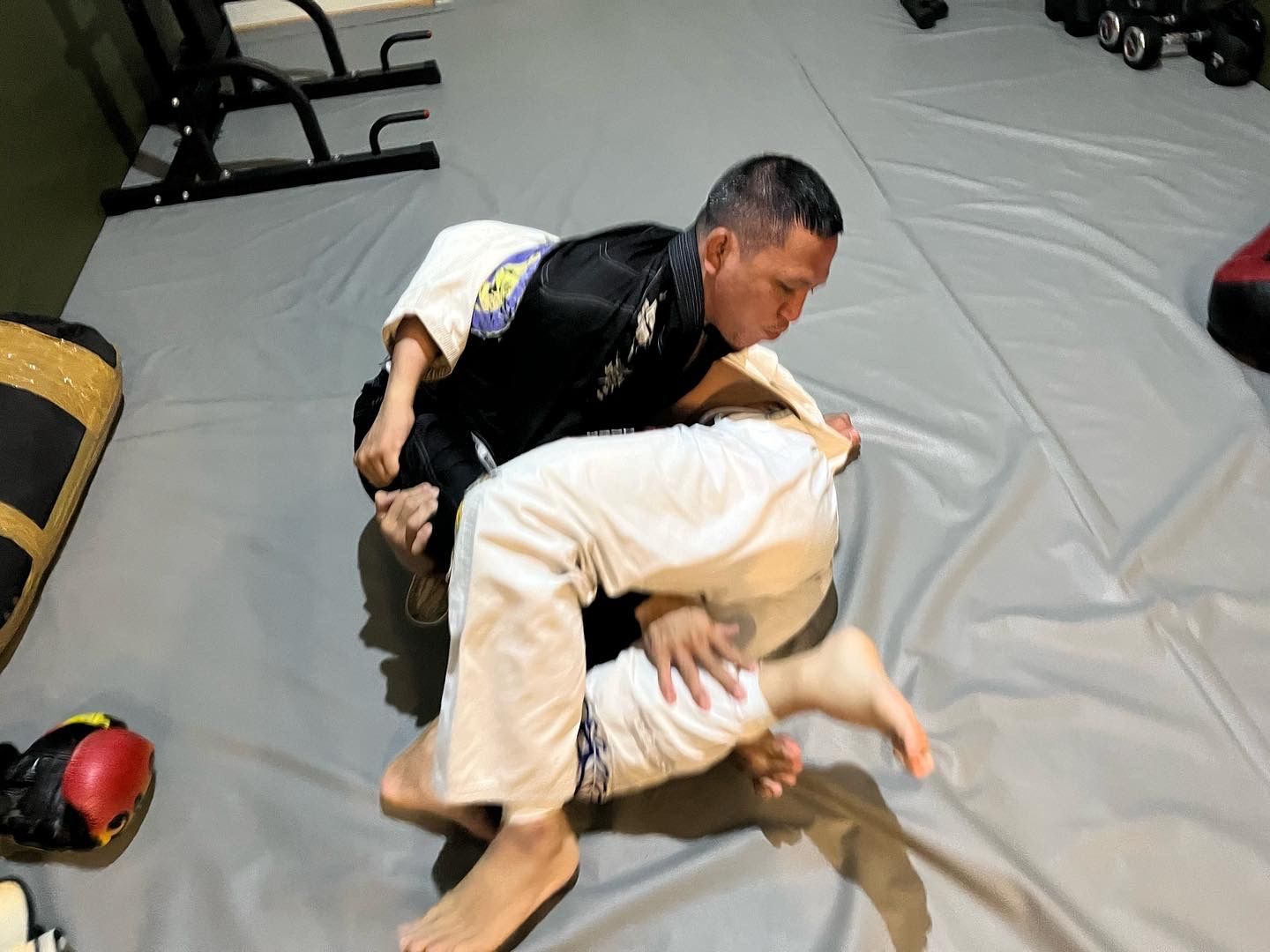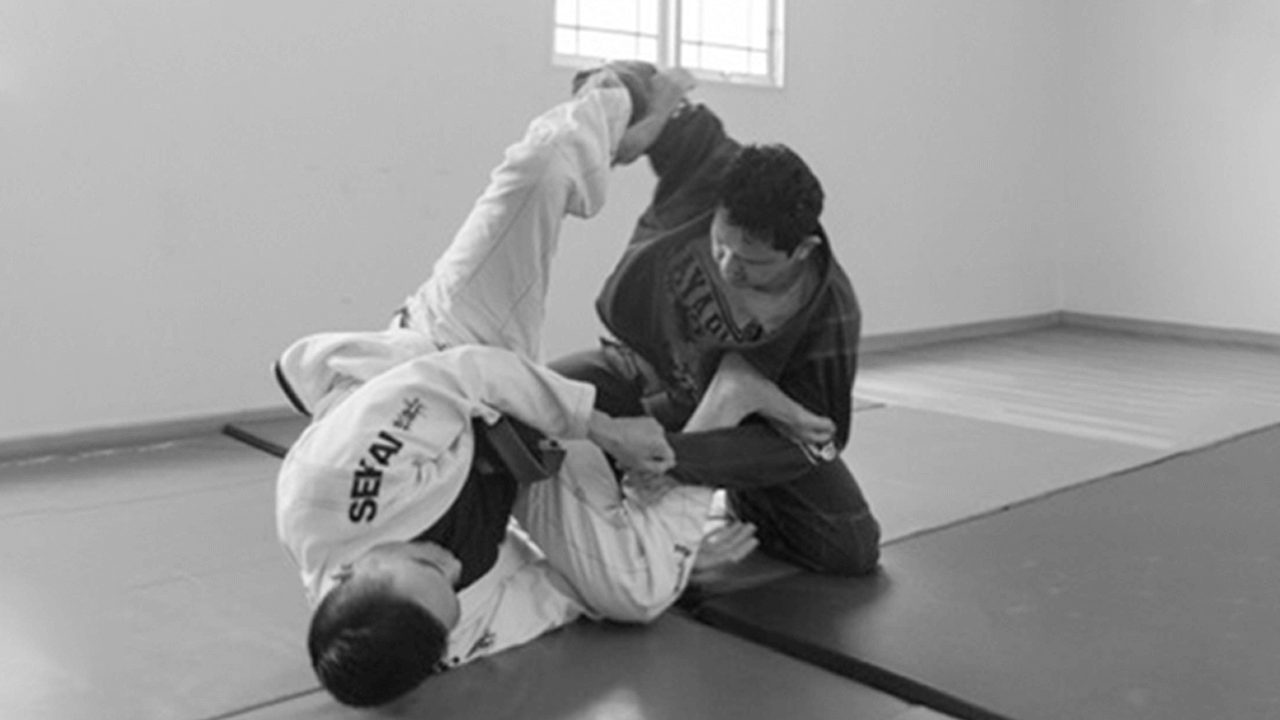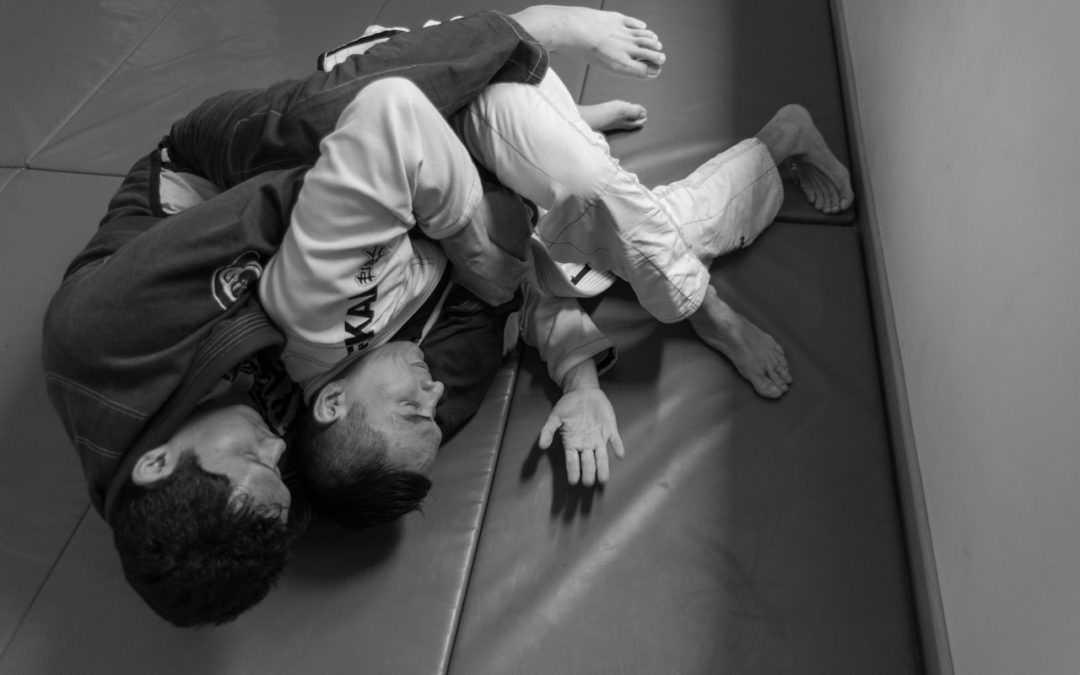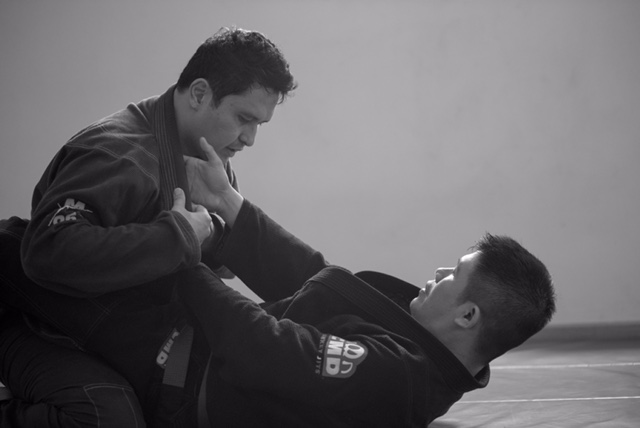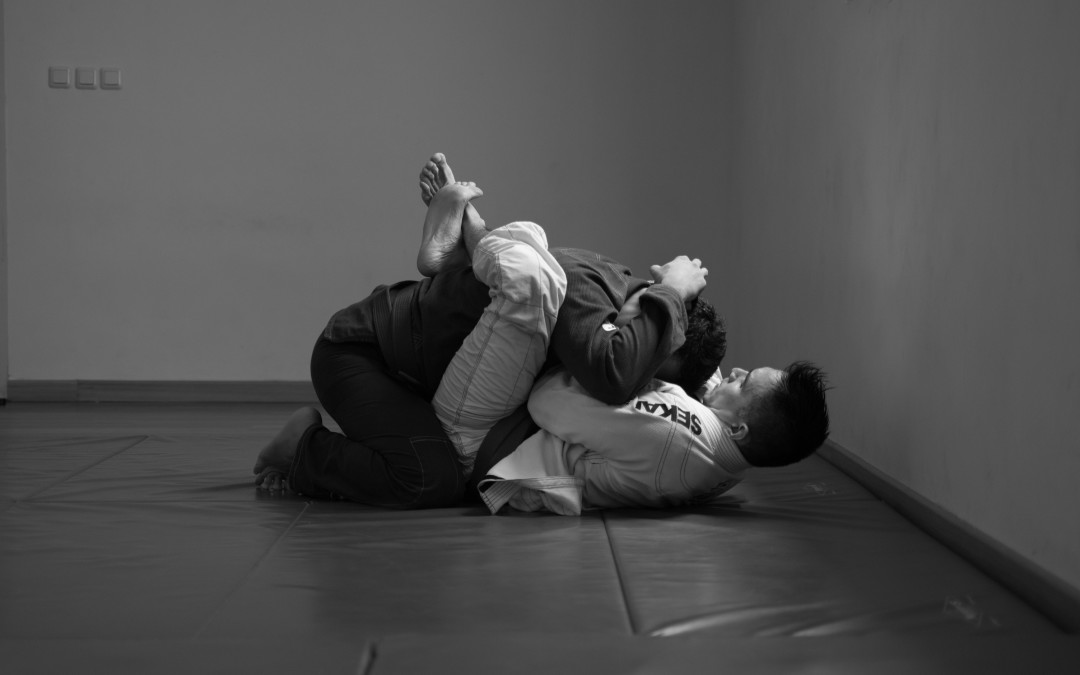Knowing that I made so many mistakes in learning
BJJ in the past have made me realized on what I need to do to help others learn
BJJ so that they can develop their
game to a good level at the shortest possible time.
As an every day guy who trains several times a week, I realize that with my limited time, I need to get the most of my BJJ training and progress significantly.
In order to do that I have picked up from Prof Chris Haueter on what I think how one should do to develop BJJ game fast:
1. Positions. When i teach a beginner so that it can later become my good training partner, I always start by teaching them top positions. I would help the person to master holding major top positions such as mount, side control, sixty nine, kesagatame and reverse kesa. Moreover, I also make sure that he or she can moves comfortably from one position to another while holding me down tight.
This type of training will boost the student’s confidence and I ,as a teacher and training partner, can also benefit from isolation sparring, which will benefit us both in performance.
2. Escapes. It is the second most important thing that one needs to master. To teach this, I would usually break them down to several days because they are much more complicated than that top positions.
I usually teach 2 escape techniques from each position like mount, side control, back mount,etc. Then, after drilling it, on that same session, i would ask them to spar in isolation by using the 2 techniques they just learn.
This way they get the chance to pull them off under pressure in sparring. I use progressive resistance where I make sure they experience success first. Then later, i add more resistance and intensity to match their ability to escape.
3. Guard. Both passing the guard and attacking from the guard techniques are probably the most complicated to teach and practice, because they are so many of them.
I usually start by teaching them how to pass the closed guard with 2 ways on how to open the ankles as well as 3 ways on how to pass the guard.
The format is the same when teaching them how to pass the half guard, butterfly guard and spider guard is also: 2-3 techniques maximum and then spar them in isolation.
Fighting from the guard are also complicated. One needs to create 2 minimum simple outcome in fighting from the guard, which are to submit or to reverse the position.
4. Transition is the next thing that one needs to develop. If one is good on maintaining positions, escaping positions and guard, the ability to transition from one position to another is crucial to have in your game. Later you will realize that as you grapple with more experience opponents, often times, transition is the only chance for you to capitalize on getting submissions, reversal and getting more dominant positions.
5. Submissions is the last part. Many beginners often want to jump to submission, but the fact is difficult to pull these off against resisting opponents. Therefore; you need to be strong with your fundamentals of number 1-4 before putting much energy on submissions and escapes from submission.
Thats it, I hope you try these strategies as these have been working for me and for many of my teachers. These fundamental BJJ game plan is what will save you during grappling matches and self defense.
